The complex world of NBA max and supermax contracts
The 2019 NBA Free Agency was a monumental one. There are very few free agency periods that can be termed as “era-defining”. Free Agency version 2019 was definitely one of them.
Take into account how the landscape of both conferences changed with the moves. The breaking up of the Golden State Warriors’ super-team as Kevin Durant opted to sign with the Brooklyn Nets. Kyrie Irving followed in KD’s footsteps to form a super-tandem at Brooklyn, a team that a couple of seasons ago was posting the worst win-loss records in the league.
Then there was the whole Anthony Davis saga as the former Kentucky Wildcat finally donned a Los Angeles Lakers jersey after he controversially requested a trade last season. Him joining forces with LeBron James led to extremely early coronations for the Lakers.
All that came to a standstill when Kawhi Leonard, the reigning NBA Finals MVP and leader of the 2018-19 champions, Toronto Raptors, opted to sign with the Los Angeles Clippers. The Clippers also added Paul George to their ranks via a trade, adding to an already solid team.
Amidst this whole host of franchise-altering moves, the term “max contract” has been thrown around a lot. Both for speculation and confirmation. An NBA max contract differs from team to team so here’s a primer on what it actually means.
Deciphering the “max contract”
The first thing to understand is that a max contract is inextricably linked to the NBA Collective Bargaining Agreement (CBA) as the percentages of eligible players are based off the CBA salary cap.
The max contract is divided into three primary categories:
A. For players with 0-6 years of experience: They can earn a max contract worth 25 percent of the salary cap
B. For players with 7-9 years of experience: They can earn a max contract worth 30 percent of the salary cap
C. For players with 10+ years of experience: They can earn a max contract worth 35 percent of the salary cap
These categories can be modified as per the players’ performance. If a player falls in Category A but received All-NBA honors or was the NBA MVP or Defensive Player of the Year, he can get a max contract worth 30 percent of the salary cap.
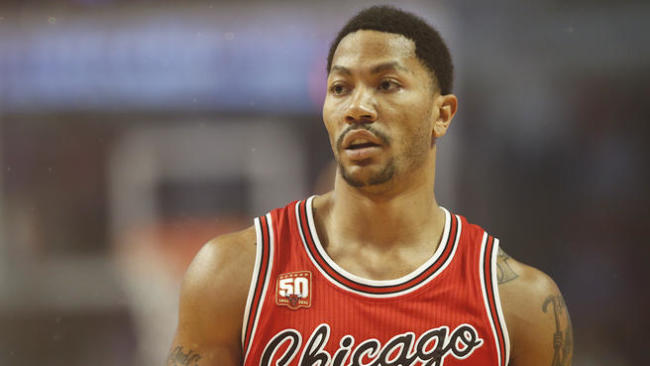
This performance bonus, if you would call it, has a caveat. This sort of a max contract can only be availed if the player falls outside his rookie contract so that the max contract begins in their fifth year. This technicality is called the “Rose rule” after Derrick Rose who was the only player available for such a contract when it was introduced.
Steph Curry and the Supermax contract
If the max contract wasn’t complicated enough, the folks at the league made things even more complex with the introduction of the supermax contract.
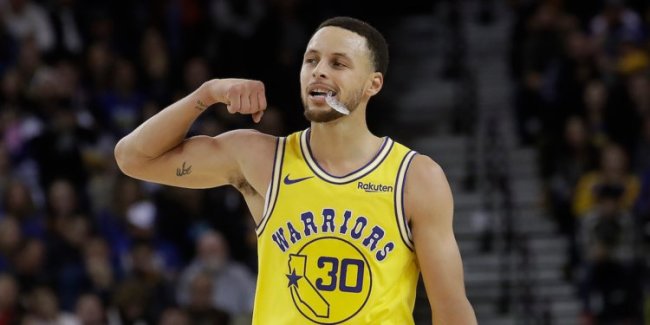
The prerequisites for a supermax contract are similar to those of a performance bonus max contract, i.e, making an All-NBA team or be named the NBA MVP/DPOY.
The supermax came into being via the 2017 CBA, after Durant’s departure from the Thunder to Warriors. It allows a franchise to offer 30 to 35 percent of the salary cap to the eligible player.
Additionally, a player has to fulfill the following criteria to be eligible for the supermax contract:
- The team offering the supermax extension must have either drafted the player or obtained his rookie contract via a trade
- Player with seven-eight seasons and two years left on a contract can earn a four-year supermax
- Player with seven-eight seasons and a year left on the contract can earn a five-year supermax
- A free agent with eight-nine seasons is eligible for a five-year supermax
More benefits that are included in the NBA supermax contract are as follows:
- An eight percent increase in pay for each year, except the first, of the deal.
- The supermax contract player cannot be traded for a year.
Looking at some prominent NBA max and supermax contracts
The first NBA max contract was that of Larry Bird and his re-signing with the Boston Celtics in 1983. The NBA’s first ever salary cap was set up that year and the Celtics became the first team permitted to exceed their salary cap to re-sign Bird. The “Bird Rule” as it’s called allows team to re-sign their own free agents by paying upto the maximum salary, provided that player has played three seasons for them without being waived or traded.
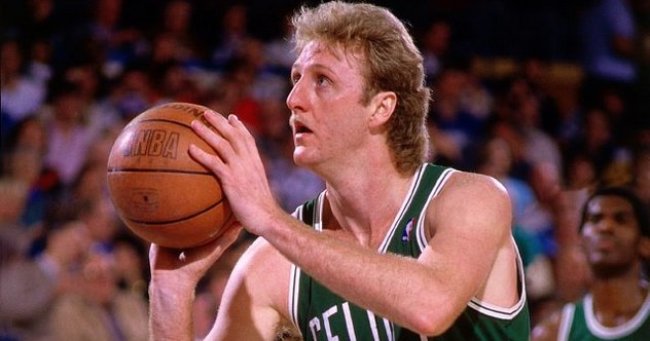
In 1981, Bird’s eternal rival, Magic Johnson signed what was then an unprecedented 25-year contract worth $25 million with the Lakers.
Stephen Curry became the first NBA player to sign a supermax contract. He inked the dotted line in 2017 with a payout of $201 million over five years. Figures that made him go from the 74th-highest paid player in 2016 to the highest paid player in the NBA.
James Harden followed suit as he signed a four-year $170 million contract with the Rockets.
While Curry and Harden’s supermax contracts have given positive results so far, the same cannot be said of the others.
John Wall, whose contract activates in the 2019-20 season, is out for a full year after rupturing his Achilles tendon in February of this year.
Russell Westbrook signed his supermax with the Thunder (five-year, $205 million) was traded to the Rockets in this year’s free agency.
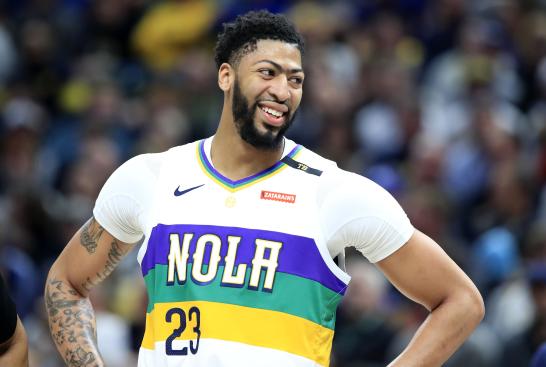
Anthony Davis, meanwhile, has the distinction of being the first player to reject a supermax contract. He rejected the Pelicans’ offer of a five-year $230 million offer and notified them of his wish to be traded during the 2018-19 season.


.png)
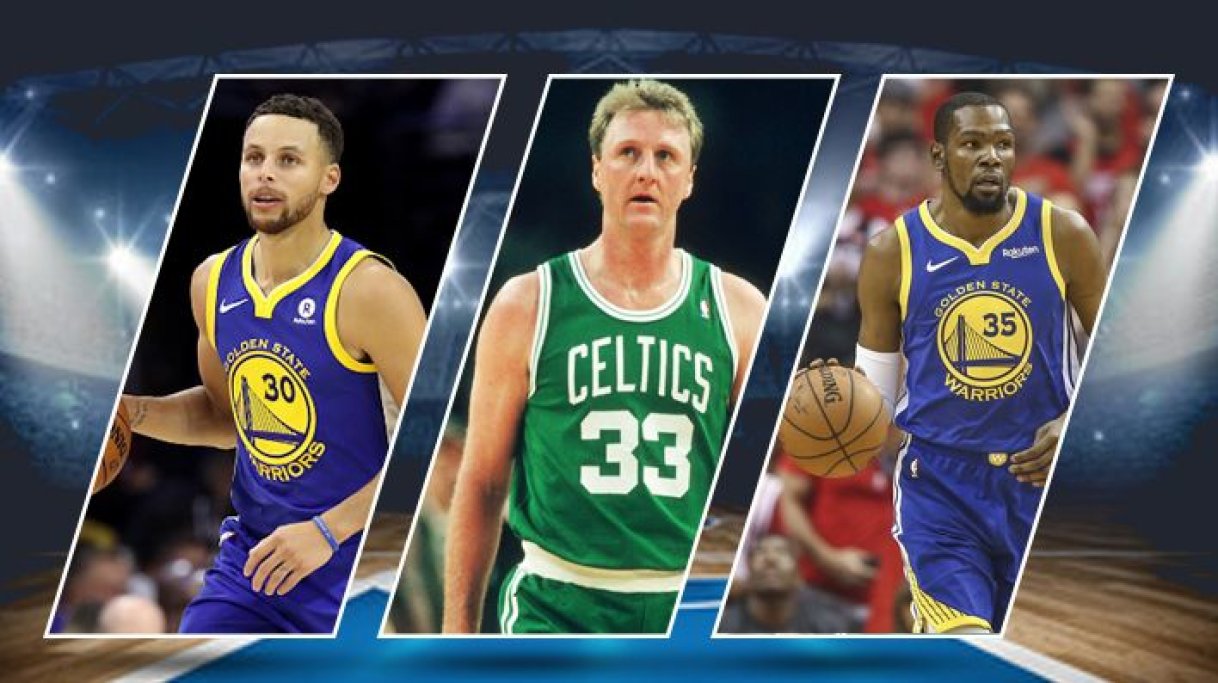

Leave a Reply